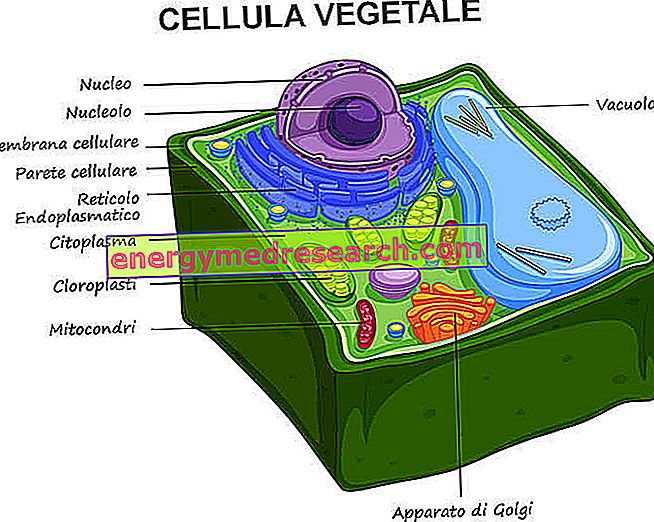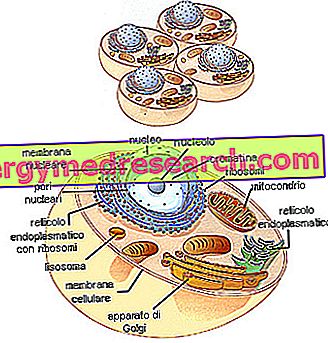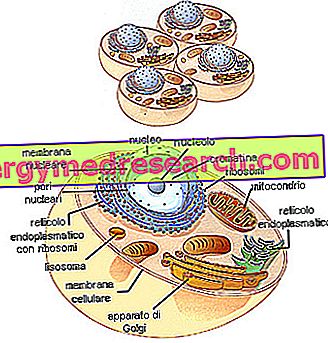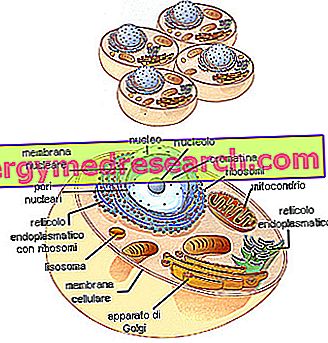The plant cell has some peculiarities that allow it to be distinguished from the animal; these include highly specific structures, such as the cell wall, vacuoles and plastids. Cell wall The cell wall constitutes the outer covering of the cell and represents a sort of rigid envelope formed essentially of cellulose; its particular robustness protects and supports the plant cell, but the reduced permeability hinders the exchanges with the other cells
Category biology
Generality DNA , or deoxyribonucleic acid , is the genetic heritage of many living organisms, including humans. Contained in the nucleus of cells and comparable to a long chain, DNA belongs to the category of nucleic acids, that is large biological molecules (macromolecules) formed by smaller molecular units that take the name of nucleotides
Without genetic variability, all living things should (by heredity) be equal to the first. To have unequal beings, the only explanations would be those related to single creations. But we know that the structure of DNA, which is the basis for the transmission of hereditary characters, has a relative and not absolute stability
Generality Mitochondrial DNA , or mtDNA , is the deoxyribonucleic acid that resides inside the mitochondria, ie the organelles of eukaryotic cells responsible for the very important cellular process of oxidative phosphorylation. Mitochondrial DNA has some similarities with nuclear DNA, such as the double strand of nucleotides, the composition in terms of nitrogenous bases, the presence of genes, etc
They are organelles typical of vegetables, also surrounded, like mitochondria, by a double lipoproteic membrane. Inside there is a matrix containing round lamellas placed one above the other to form stacks called grains. Thin and little thick lamellae called stromal lamellae originate from the lamellae of the grains
The cyclic continuity of living beings finds in the phenomena of reproduction the connecting links between successive generations. Reproduction is carried out at different levels of the evolutionary scale, in the different branches of the vegetable and animal kingdoms, in the different living species, with such a variety of mechanisms that alone justifies an entire treatise
Neomendelism is the study of the phenomena that modify the transmission and manifestation of hereditary characters with respect to the schematic clarity of Mendel's laws. The characters chosen by Mendel for his experiments were diallelic, segregated independently and presented the phenomenon of dominance
We have seen that in sexual reproduction we have male and female gametes. These are produced by organisms that are male or female respectively. But how is sex determined? In general the determination of sex is genotypic, that is, it depends on the chromosome set. Equally in general, the phenotypic gender corresponds to genotypic sex
Ribosomes are small particles, composed of RNA and proteins. Present in all the cells where protein synthesis takes place, they are composed of two subunits, one of which is slightly larger than the other, for which the presence of magnesium is necessary for adhesion. They have an analogous structure in prokaryotes and eukaryotes, but differing in mass, which is smaller in the former
Generality Protozoa are single-celled eukaryotic microorganisms, very common in nature. In fact, the more than 50, 000 different species of existing protozoa populate the most diverse habitats on the planet: from the ground to the deepest seas. Microbiologists considered it appropriate to distinguish protozoa based on the displacement mechanism
The nucleus contains, immersed in the so-called nuclear juice, or "carioplasma", DNA (chromatin, chromosomes), RNA (especially in the nucleolus), different proteins and metabolites. The spiraling of DNA in the chromosomes is not simple, but can be imagined as a spiral of spirals. In the intercinetic nucleus the higher spiralization is not sufficient to allow the individual chromosomes to be identified under the microscope








